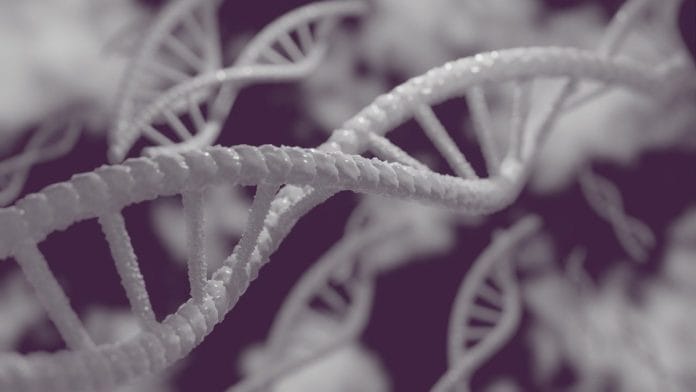New Delhi: Scientists at Massachusetts Institute of Technology (MIT), Harvard, Yale and at least two other universities in the US have developed a system to ‘turn on and off’ certain genes in tissues, through DNA switches called cis-regulatory elements or CREs.
In a paper published on 23 October in the journal Nature, the scientists explain how genes are like instructors that produce proteins and regulate functions in our tissues and organs. Essentially, these artificial CREs developed by scientists control gene expression in specific cells, so they can control when a gene produces proteins and when it doesn’t.
The scientists were able to do this through a machine learning method that analysed a large number of natural cis-regulatory elements present in our body to be able to replicate it in artificial CREs.
The paper explains how this is a leap for gene therapy since it could help specifically target certain genes in certain organs to target diseases, infections, deficiencies without affecting the overall composition of the organ or the body. The scientists tested this research on both zebrafish and mice with promising results. Read more here.
Also Read: 3 asteroid clans behind 70% of Earth’s meteorites & how Neanderthals may have craved carbs too
New Silk Road-era cities
A study published on 23 October in the journal Nature adds a new region to the mix of the already known remnants of the Silk Road which spanned from Asia to Europe and crossed many present-day countries in South Asia, Eastern Europe and Central Asia. The new study says the highlands of Uzbekistan could have been important for the Silk Road.
Researchers from Washington University, Colorado State University and Uzbekistan Academy of Sciences have discovered remains of two urban cities, metropolises situated 7,000 ft above sea level in eastern Uzbekistan, with the help of drones fitted with a LiDAR (Light Detection and Ranging) sensor.
One of these is an almost 300-acre large site with deposits of ceramics, brick kilns, and remains of a citadel, plazas, and buildings. The scientists said that the cities were part of the Silk Road routes (6th–11th century CE) and engaged in trade activities with the rest of Eurasia, despite their treacherous and previously thought to be uninhabitable terrain. Read more here.
Bacteria-zapping patches
A paper in the journal 50 Device talks about a new invention that literally can zap bacteria from your skin. Published on 24 October, the paper describes a device made by University of Chicago scientists called BLAST (Bioelectronic Localised Antimicrobial Stimulation Therapy).
It is a patch which, when applied to the skin, spurs mild electrical stimulation that can inhibit disease-causing bacteria.
The research relies on the electricity ‘excitability’ abilities of certain bacteria on the skin, and tries to control them before they enter the body. The patch, developed by the researchers, only spurs mild electrical stimulation—not too different from a pacemaker. In the paper, the scientists also talk about how this patch could be an alternative to antibiotics and their side effects. Read more here.
‘Triple black hole’ phenomenon
In a first, scientists at MIT and the California Institute of Technology have discovered a ‘triple’ black hole system. The black hole V404 Cygni, according to a new paper in the journal Nature, has two stars orbiting around it at different distances.
This black hole, scientists believe, was formed 3–5 billion years ago.
The reason this is significant is because it upends the traditional theory that black holes are found in pairs—either with one star spiralling around them because of the black hole’s gravitational pull, or another black hole itself.
This theory is supported by the fact that black holes are formed when a dying star lets out a strong last burst of light and energy which disperses all matter and objects around it, and then collapses on itself to form a black hole. In binary system black holes, usually, there’s just one star orbiting the black hole from a very close distance, and sometimes it collapses and merges into the black hole due to its strong gravitational field.
However, in V404 Cygni, scientists observed that the second star orbiting it was 3,500 astronomical units away, which is quite far in celestial terms. This is interesting because not only does it call into question the origin of black hole V404 Cygni, but also how strong its gravitational pull is.
According to the study, both orbiting stars of the black hole are in exact tandem—a pattern observed only once in 10 million years. Read more here.






